(MPI) – The Prime Minister has issued Decision No. 1711/QD-TTg approving the Ho Chi Minh City Planning for the 2021-2030 period, with a vision to 2050.
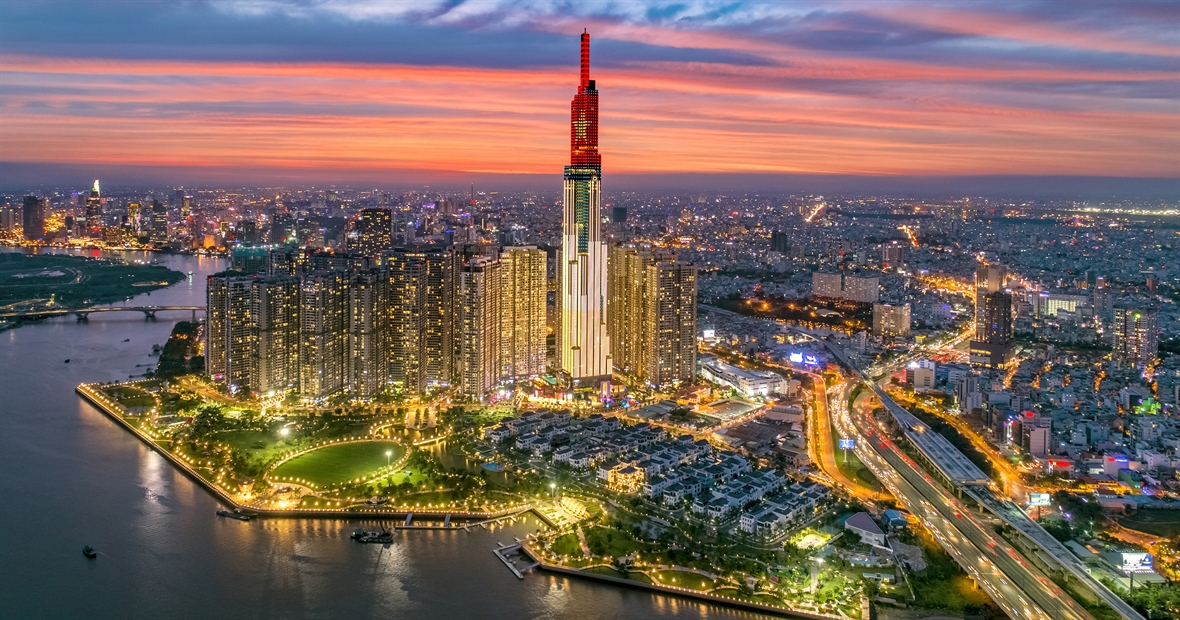 |
| Illustration photo. |
Building and developing Ho Chi Minh City to be civilized, modern, humane, dynamic and creative.
The planning of Ho Chi Minh City for the period of 2021-2030, with a vision to 2050, puts forward the development perspective of building and developing a civilized, modern, humane, dynamic and creative city for the whole country, together with the whole country in the new era, the era of national development in the direction of: green economy, civilized society, creative urban areas, smart infrastructure and sustainable environment; in accordance with the Resolution of the 13th National Congress of the Party; Resolution No. 24-NQ/TW dated October 7, 2022 of the Politburo on the direction of socio-economic development, ensuring national defense and security in the Southeast region to 2030, with a vision to 2045; Resolution No. 31-NQ/TW dated December 30, 2022 of the Politburo on the direction and tasks of Ho Chi Minh City's development to 2030, with a vision to 2045; socio-economic development strategy of the whole country; national planning, planning of the Southeast region.
The general goal is to develop Ho Chi Minh City into a global, civilized, modern, humane, dynamic and creative city; a city with high-quality human resources, modern services and industry, a locomotive of green economy , digital economy, digital society, an economic, financial, trade-service, cultural, educational, scientific and technological center of the whole country, deeply integrated internationally, with a prominent position in the Southeast Asian region, economic growth rate and GRDP per capita among the top in the country and surpassing the high-income threshold; a city with high quality of life, rich in identity, sustainable environment, adapting to climate change.
Specifically, by 2030, in terms of economy, the City strives for an average GRDP growth rate of about 8.5-9.0%/year in the period 2021-2030. By 2030, the average GRDP per capita at current prices will reach 385-405 million VND, equivalent to 14,800-15,400 USD.
The average proportion in GRDP of the service sector is over 60%, the industrial - construction sector is about 27% (of which the manufacturing and processing industry is about 22%), the agricultural, forestry and fishery sector is about 0.4%; strive for the proportion of the digital economy to reach over 40% of GRDP.
Regarding society, the forecast of the actual permanent population of the City by 2030 is about 11.0 million people; by 2050 it is about 14.5 million people; the growth rate of social labor productivity is 7%; the rate of trained labor is 89%; the rate of trained labor with degrees and certificates is 40%; the unemployment rate is below 3%.
The three main development breakthroughs of the Plan include: breakthroughs in perfecting institutions and policies, innovating growth models, shifting economic structures, and improving competitiveness and urban governance efficiency.
Breakthrough in mobilizing investment resources to build infrastructure, restructure the urban system, improve land use efficiency, strengthen regional connectivity, develop economic sectors and ensure social security, complete and develop the model of industrial - urban - service zones; plan space along the Saigon River to develop green tourism combined with ensuring water security.
Breakthroughs in high-tech development, green transformation, digital transformation, high-quality human resources and building a strategic business team, focusing on attracting investment projects that fully ensure all three factors: advanced technology, environmental protection and use of high-quality human resources.
Development orientation of important industries and fields
Regarding the direction of agricultural, forestry and fishery development, the Decision clearly states that developing high-tech ecological and organic agriculture is oriented towards high-value agriculture, on the basis of crossbreeding and breeding of plants and animals, applying new farming techniques with high productivity, environmental friendliness, green and sustainable agriculture associated with carbon emission reduction, and tourism.
Forming concentrated agricultural production areas and high-tech agricultural zones in the Northwest, Southwest and Southern areas of the City; focusing on high-quality and advantageous products.
Forestry: protect and develop forests on forestry planning land associated with forest environmental services and ecotourism. Enclose and promote natural regeneration of Can Gio protective forest of about 200ha.
Aquaculture: develop the Ho Chi Minh City Aquaculture Center in Can Gio District to serve deep processing combined with fishing ports. Develop brackish water shrimp area of about 4,476 ha; aquaculture at sea of about 1,000 ha; raise and breed ornamental fish of about 100 ha; build a new ornamental fish trading center combined with tourism activities.
Salt industry: maintain a high-tech salt production area of about 1,080 hectares, preserve the salt village of Ly Nhon commune associated with tourism.
Regarding the development orientation of industrial and construction sectors: Regarding industry: (i) develop key industries such as: design and manufacturing industry of components, integrated circuits (IC), flexible electronics (PE), chips, new technology batteries, new materials, clean energy industry, renewable energy; chemical industry (selective: pharmaceutical chemistry, rubber - technical plastic and fertilizer); precision engineering, automation; food and beverage processing industry, etc.; (ii) develop potential industries such as biochemical industry; pharmaceutical industry; semiconductor material manufacturing industry; supporting industries for high technology, etc.; (iii) restructure and increase added value of existing industries such as footwear, clothing, textiles; furniture, wood; other industries.
Focus on mastering technology and comprehensively developing the supporting ecosystem; attracting businesses to participate in industries with great development potential; modernizing and improving the commercial efficiency of existing industries associated with automation and sustainable development.
Construction: comprehensive, synchronous, sustainable development in an environmentally friendly direction, applying modern technology, new materials, and using renewable energy.
Regarding the development of the trade and service sector, Ho Chi Minh City aims to become a major economic, financial, trade and service centre of the country and the region with high-end and modern service sectors. Developing high-quality and value-added services in the fields of finance - banking, insurance, securities, real estate, e-commerce, information technology, telecommunications, science, technology, tourism, culture, sports, education, healthcare, logistics.
The trade and service sectors play a key role in the economic development of the City: the proportion of the trade and service sector reaches over 60% of GRDP; the growth rate in the period 2021-2030 reaches 8.6%/year, of which: (i) trade grows over 10%/year; (ii) logistics grows over 10%/year; (iii) finance - banking grows over 12%/year; (iv) information and communication grows about 12-15%/year; (v) tourism grows over 8.5%; 13 million international tourists and 50 million domestic tourists; (vi) the average growth rate of the cultural industry is about 12%/year, the revenue of cultural industries contributes about 7-8% of the City's GRDP.
Focus on investing in building and upgrading expressways, national highways and belt roads.
Ho Chi Minh City arranges important projects and works, conservation areas identified in national and regional planning in the city. Regarding transportation, focus on investing in construction and upgrading of expressways, national highways and belt roads to ensure inter-regional connectivity, and resolve traffic congestion at the city's gateways.
Railway: invest in building railway lines in Ho Chi Minh City's key areas; continue to invest in building urban railway lines in Ho Chi Minh City associated with developing urban areas according to the TOD model, ensuring connection and synchronization with urban railway lines of Binh Duong, Dong Nai and Long An provinces.
Airport: develop Tan Son Nhat international airport, level 4E, capacity of 50 million passengers. Complete traffic infrastructure (road, railway) connecting Tan Son Nhat international airport and Long Thanh international airport.
In addition, the Plan proposes a plan to connect the City's infrastructure system with the national infrastructure system of the Region. For countries in the region and internationally: connecting through national corridors including the North-South corridor; Vung Tau - Ho Chi Minh City - Moc Bai (Tay Ninh) - Cambodia corridor; Ho Chi Minh City - Chon Thanh - Hoa Lu corridor; air gateways (Tan Son Nhat, Long Thanh) and seaport systems (Dong Nai river system port cluster, Can Gio international transit port) and other international and national infrastructure networks.
For regions: connection through road, rail, waterway, aviation networks and other regional and inter-regional infrastructure networks./.








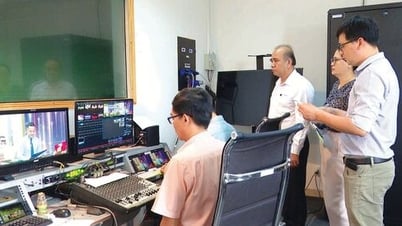

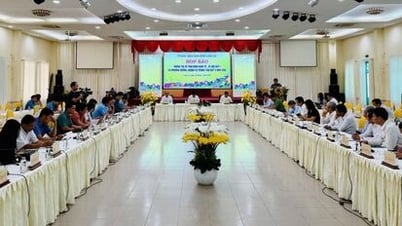
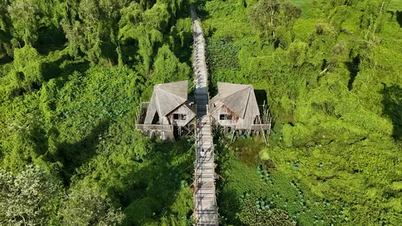

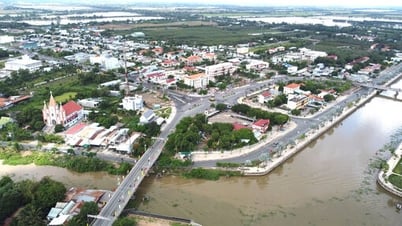










![[Maritime News] Wan Hai Lines invests $150 million to buy 48,000 containers](https://vphoto.vietnam.vn/thumb/402x226/vietnam/resource/IMAGE/2025/6/20/c945a62aff624b4bb5c25e67e9bcc1cb)
![[Photo] The 9th Congress of the Party Committee of the Office of the President, term 2025-2030](https://vphoto.vietnam.vn/thumb/1200x675/vietnam/resource/IMAGE/2025/6/20/78e7f27e8c4b4edc8859f09572409ad3)





































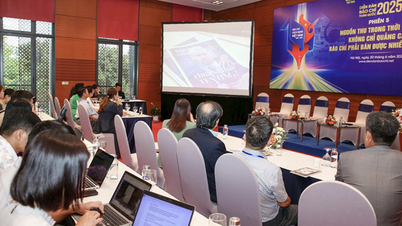

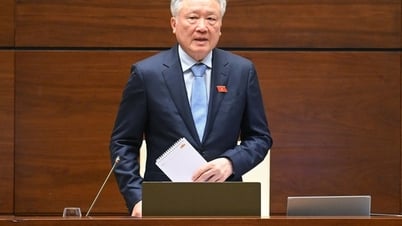
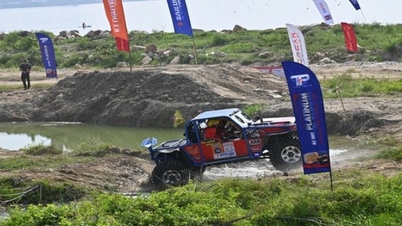
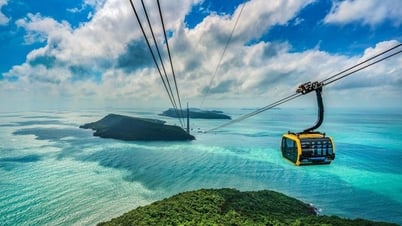


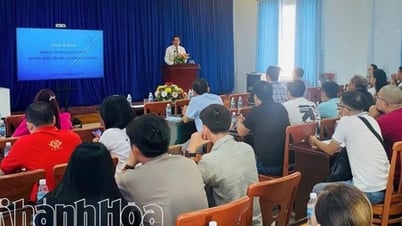
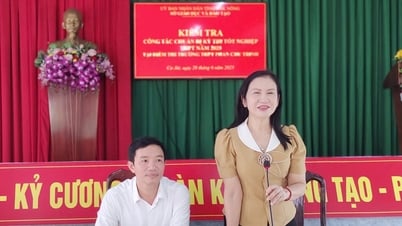







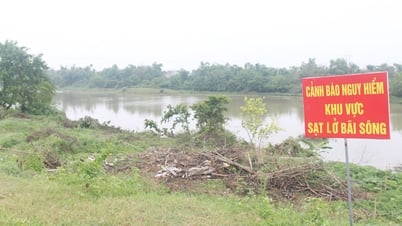

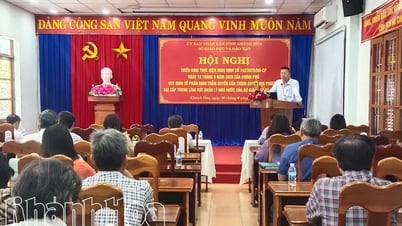












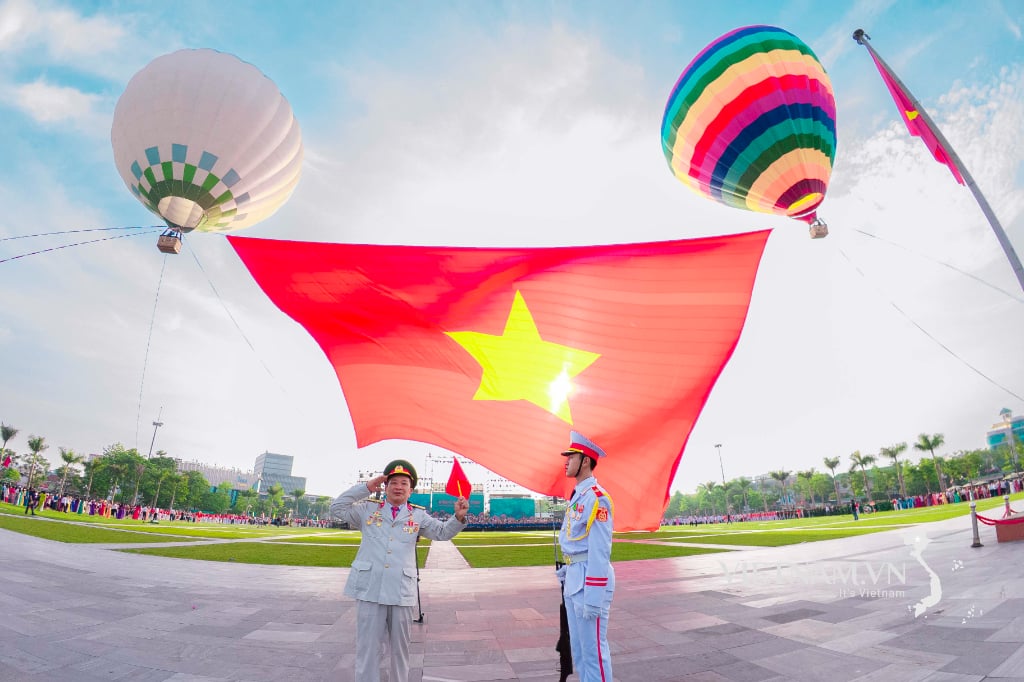


Comment (0)